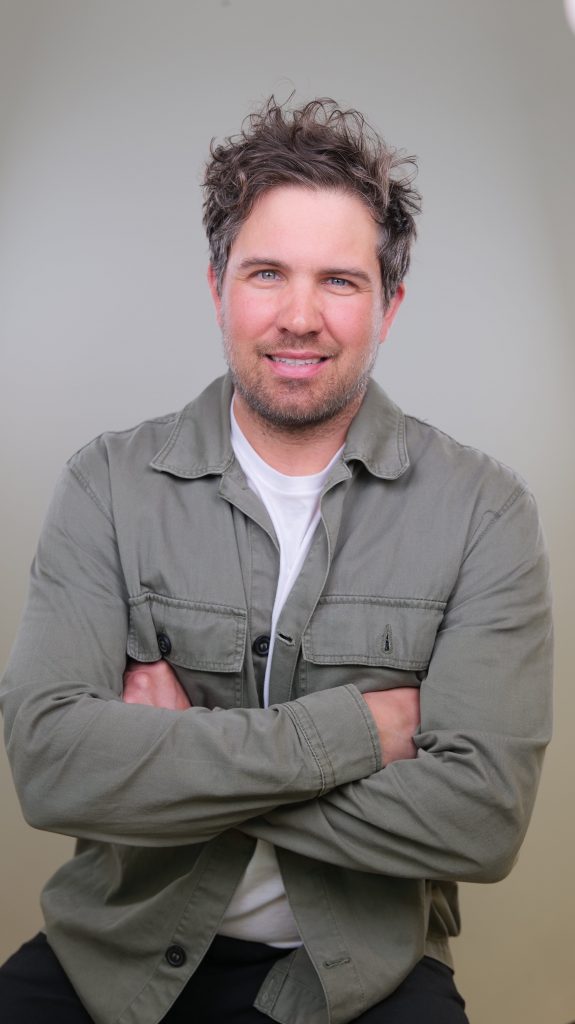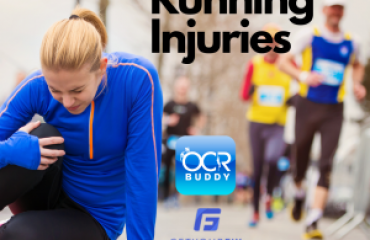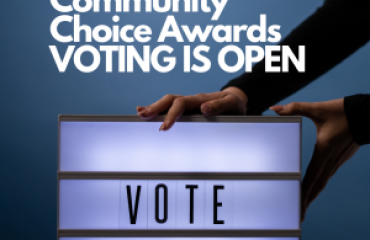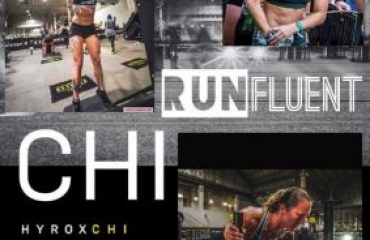Obstacle Course Racing continues to push the limits of endurance, strategy, and adaptability, and the World Obstacle UPIM 2025 OCR World Championships promises to be a defining moment for the sport. At the helm of this monumental event is Peter Lissjanis, whose vision and leadership are shaping the ultimate test for athletes worldwide.
The World Obstacle – UIPM OCR World Championships are the Official championships of the national federation members of World Obstacle, representing athletes from over 140 countries. World Obstacle works with international sports governing bodies to maintain compliance with rules and regulations related to anti-doping and other issues of importance to the global sports community.

As a proud partner of World Obstacle, OCR Buddy plays a vital role in connecting racers to events, training resources, and community insights. In this exclusive “10 Questions” interview, we dive into the challenges, innovations, and excitement surrounding this year’s competition.
1. Can you first introduce yourself and let us know the following: Who you are, what company you work for, your role there and job responsibilities for your company, and then your role for The World Obstacle UIPM 2025 OCR World Championships?
My name is Peter Lissjanis, and I’m the Head of Production & Sponsorships at Tough Viking, Scandinavia’s leading obstacle course race series. At Tough Viking, I handle the planning and execution of our events — everything from choosing venues and coordinating with partners to designing the course and making sure things run smoothly on race day.
For the 2025 OCR World Championships, I’ll be leading the production and event management in Gothenburg. That includes organizing logistics, working with partners, and making sure the event is a great experience for athletes, volunteers, and spectators alike.
⸻
2. How did you get introduced to OCR? What is your first memory of the sport, and how did you become involved with Tough Viking?
I first got involved with OCR when I started working for Tough Viking in 2015. I joined the team through a connection via family friends. My first race was in Åre, a Swedish ski resort, where we built a snow ramp right in the middle of town — a pretty unique introduction to the sport!
One of my favorite memories was when we had a partnership with the Swedish Armed Forces, and they did a jet fighter flyby over the start area just before a group of 200 military participants took off. That moment really stuck with me.
⸻
3. Tough Viking has a strong reputation and is considered “one of the most awesome obstacle races in the world.” What makes it different, unique, and special? Does Tough Viking have any unique obstacles?
Tough Viking has its own character. We were the first OCR event in Sweden, and from the beginning, we’ve focused on making each race a high-quality experience — not just in terms of challenge and build, but also atmosphere and location.
A few things that set us apart
- Background: Our courses are inspired by the Swedish military elite forces and that influence comes through in the design — very tough, but fair.
- Venues: We hold races in some of Sweden’s most iconic locations, like The Royal Djurgården park and The Olympic Stadium in Stockholm and the beautiful Slottsskogen park in Gothenburg.
- Obstacles: Tough Viking go big with our builds. From our Super Ramp to ice tanks and fire elements, we like to add a bit of heat to the course while still keeping everything safe.
⸻
4. Tough Viking is hosting the 2025 OCR World Championships. How did that happen?
We’ve spent years developing our races and building trust in the OCR community, both in Sweden and internationally. When the opportunity to host OCRWC 25 came up, we felt ready for it.
Sweden has a passionate OCR scene, and we already have the experience and infrastructure to run large-scale events. We proposed Gothenburg and Slottsskogsvallen as the location, and it turned out to be a great match.
⸻
5. Can you give us some background on what goes into planning an OCR World Championship event compared to a Tough Viking race?
The biggest difference is the scale and the international aspect. With OCRWC, we’re welcoming athletes from over 100 countries, so the expectations are higher and the logistics more complex.
Instead of building one course, we’re developing several race formats, each with specific requirements. We’re also coordinating with global OCR bodies, sponsors, volunteers, and a wide range of partners to make sure everything runs smoothly for all participants — from elites to age groupers.
⸻
6. Do you have anything special planned for the athletes that you can share at this time?
We’re working on a few special touches. One is the Opening Ceremony at Slottsskogsvallen, with music, lights, and a warm Swedish welcome.
We’re also designing new obstacles specifically for OCRWC25 — things that haven’t been seen before and that will add a fresh challenge for returning athletes.
⸻
7. What advice do you have for athletes preparing to race at the OCR World Championships?
Train for variety — that’s the key. You’ll need grip strength, endurance, speed, and the ability to adjust quickly. The courses are designed to test different skills, not just physical strength or endurance.
If you can, arrive early and check out the course previews. Pay attention to technique, especially for technical obstacles. And most importantly, take it all in — racing at a world championship is something special.
⸻
8. The event is being held in Gothenburg. What makes the city special, and what should visitors be sure to see? What should be on their Gothenburg bucket list?
Gothenburg is a really welcoming city with a great mix of urban life and nature. It’s on the coast, so you’re never far from the sea, and there are lots of parks and green spaces.
Some things to check out:
- The Archipelago: A quick ferry ride takes you to peaceful, car-free islands — perfect for a post-race break.
- Feskekôrka: A unique fish market in a church-style building.
- Liseberg: An amusement park that’s fun for all ages.
- Slottsskogen: The race venue, but also a great park to explore, with animals and scenic trails.
And don’t skip the traditional Swedish “fika” — coffee and cinnamon buns are taken very seriously here!
⸻
9. When the UPIM OCR World Championships are over, what do you hope athletes will remember about their weekend?
I hope they remember the whole experience — the people they met, the challenges they faced, and the atmosphere around the event. More than anything, I want them to feel like they were part of something special and that Sweden gave them a warm and memorable welcome.
⸻
10. I always leave the last question open-ended. What did I not ask you that you want to tell people? What else should we know?
Just that we’re really excited to welcome the global OCR community to Sweden. The whole team is working hard to make this event something athletes will look back on with pride. Whether it’s your first OCRWC or your fifth, we hope it’ll be your favorite race ever.









